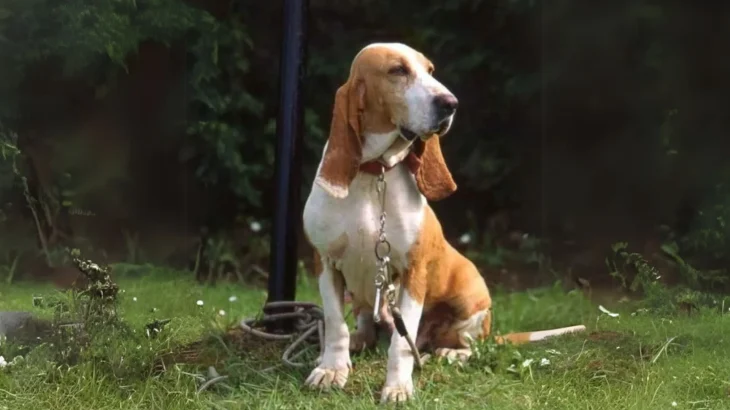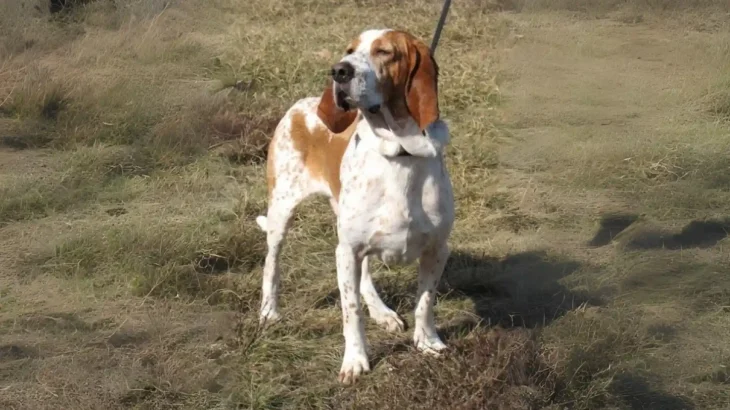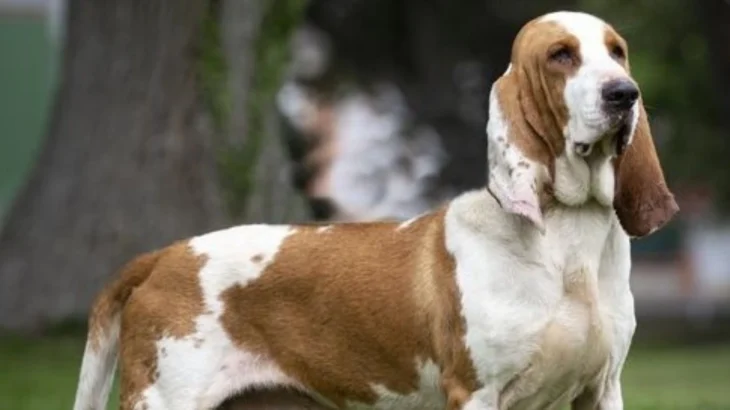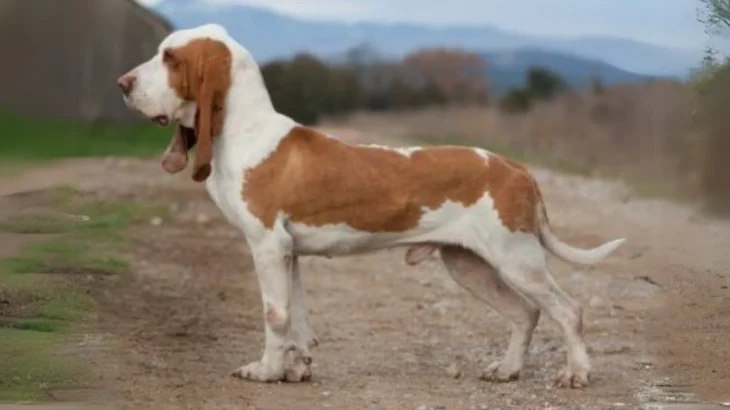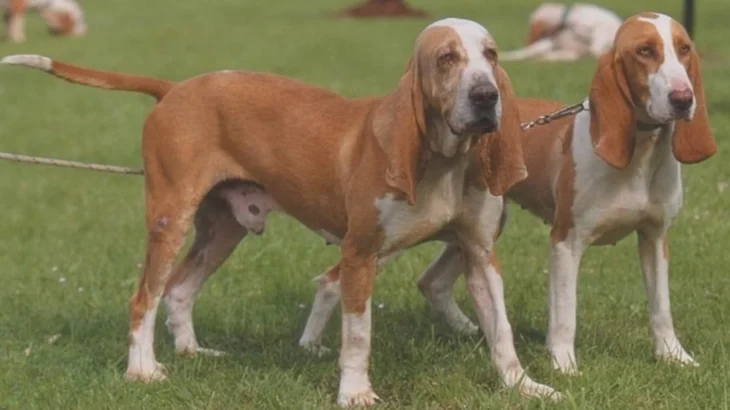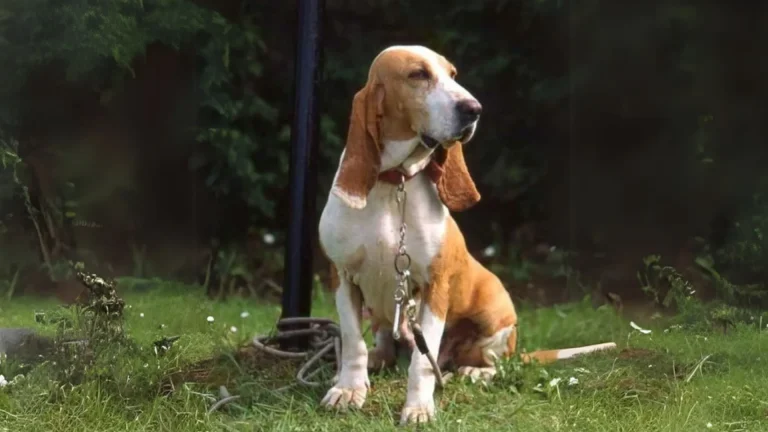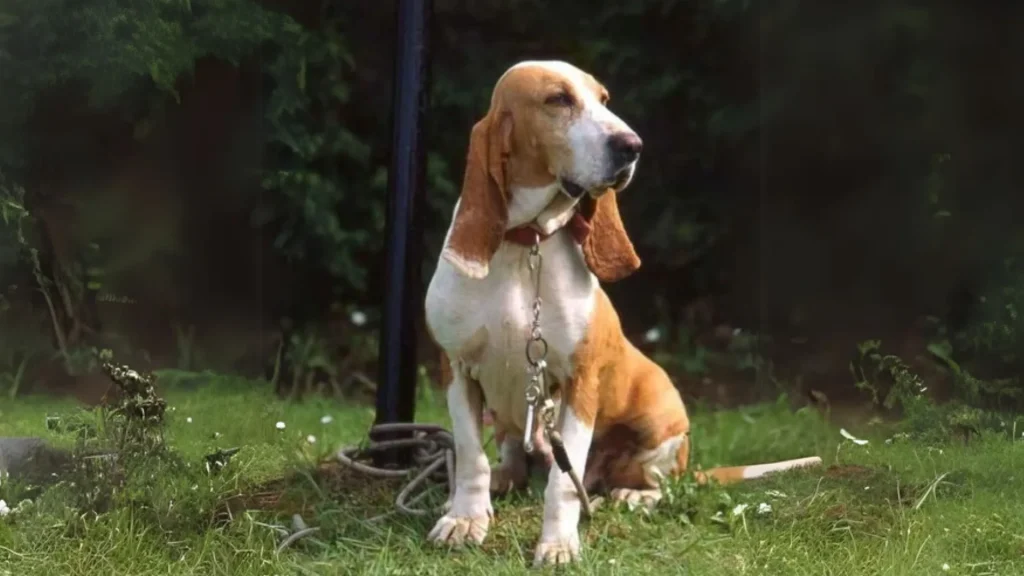Deciding whether to adopt or purchase a Spanish Hound puppy depends largely on your priorities, such as health assurance, ethical considerations, and support. Purchasing from a breeder can offer more clarity on the pup's lineage and health, whereas adoption gives you the chance to give a home to a dog in need and often comes at a lower cost.
| Criteria | Buying from Breeder | Adopting from Shelter/Rescue |
|---|---|---|
| Cost | Typically higher upfront costs reflecting purebred status and breeder care. | Lower adoption fees, usually covering initial vaccinations and spaying/neutering. |
| Health History | Comprehensive health records and genetic background provided by responsible breeders. | Health history may be unknown or limited; basic veterinary checks are standard. |
| Age Availability | Mostly puppies, allowing you to raise your Spanish Hound from an early age. | Various ages available, including adults and seniors needing a second chance. |
| Temperament Insight | Breeders often offer knowledge on temperament traits within bloodlines. | Shelter or rescue staff share observed behaviors but full background may be unclear. |
| Supporting Practices | Supports canine breeding programs; important to choose ethical breeders to avoid puppy mills. | Supports animal welfare by rescuing dogs and easing shelter overcrowding. |
| Ethical Considerations | Buying from reputable breeders promotes responsible breeding but requires vigilance. | Adoption helps combat overpopulation and offers homes to dogs who need them most. |

